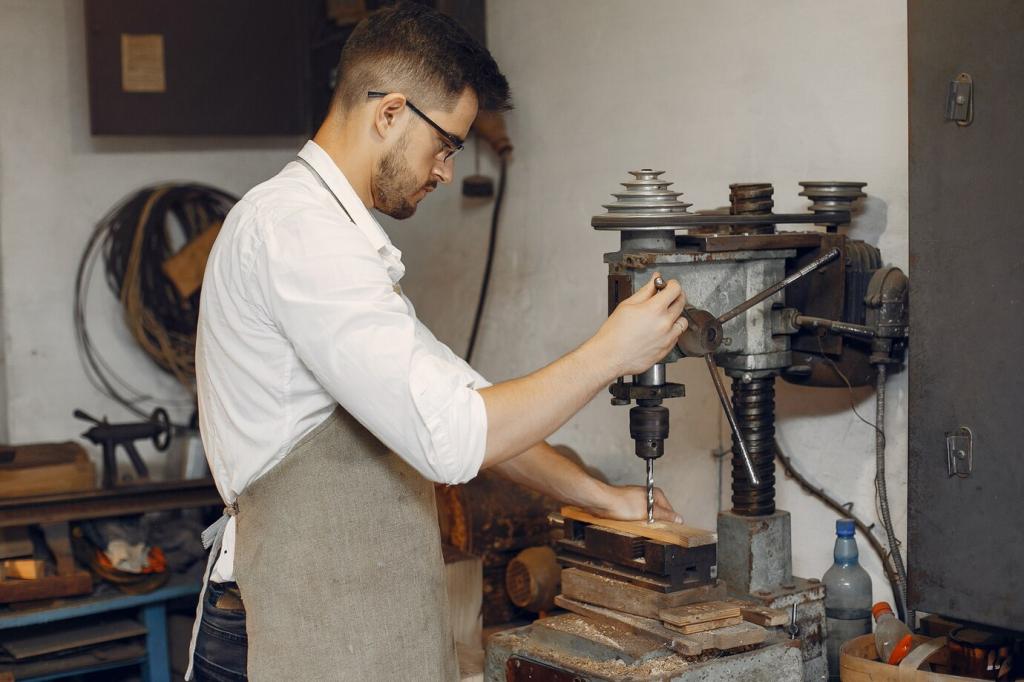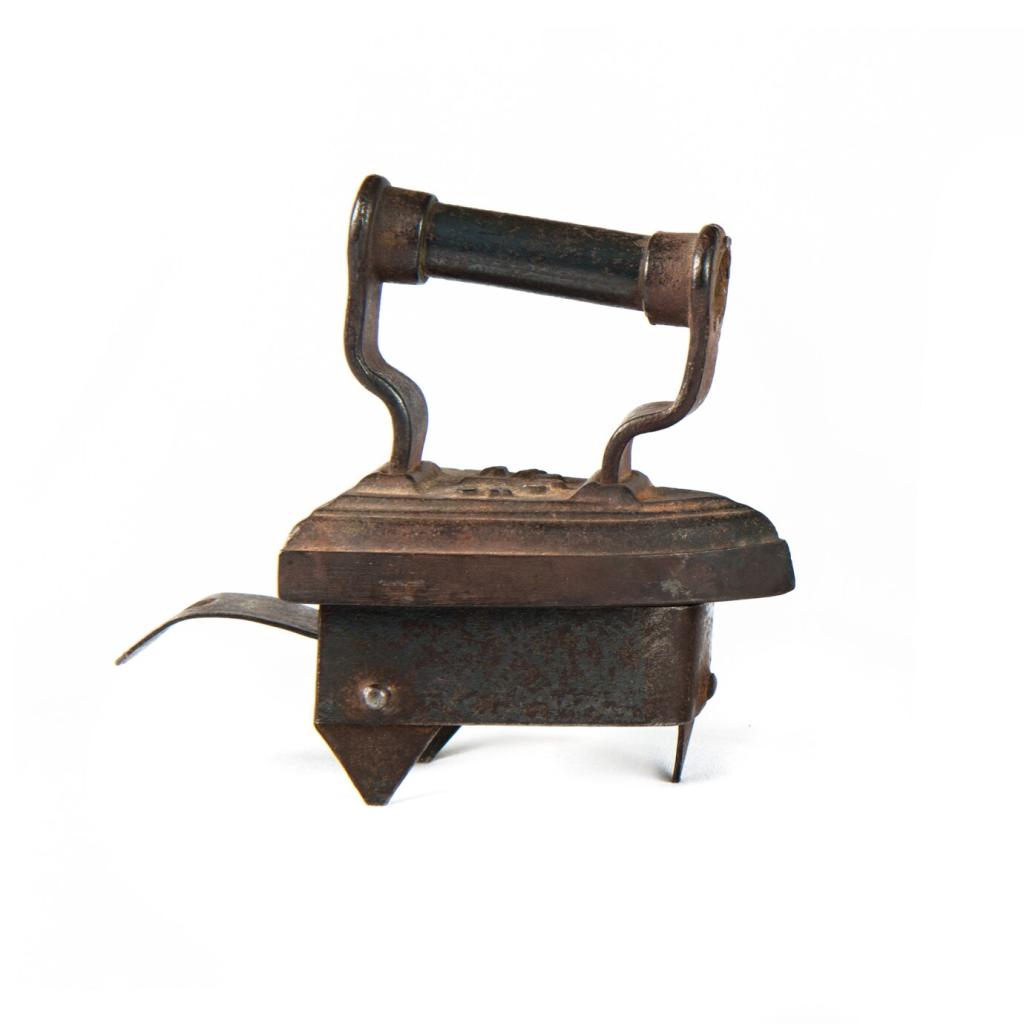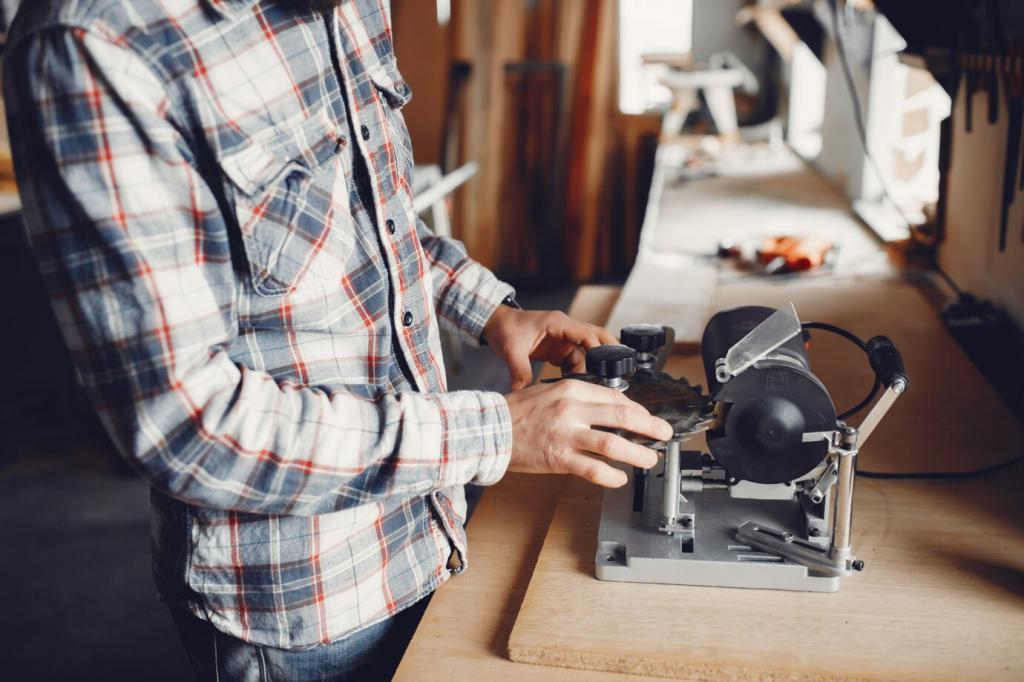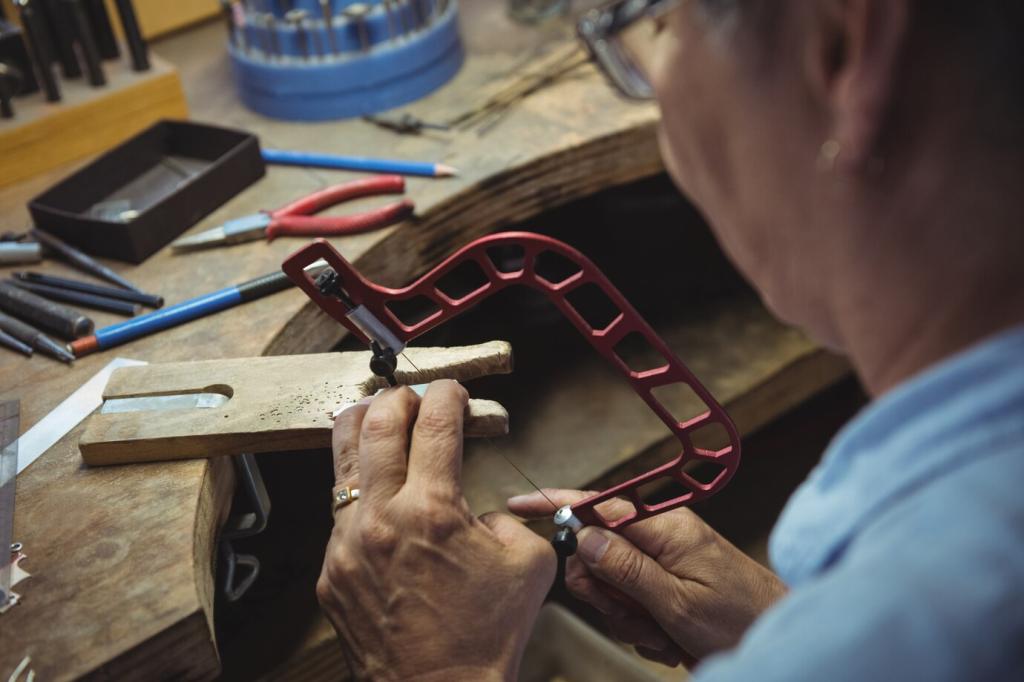Gentle Cleaning That Respects Patina
Use soft brushes, microfiber cloths, and a gentle vacuum with a mesh screen to lift dust from carvings and corners. Dry cleaning reveals what truly needs attention, reducing risk. Share your favorite brushes and why they work.
Gentle Cleaning That Respects Patina
A few drops of pH-neutral soap in water can lift grime without stripping finishes. For tougher soils, mineral spirits may clarify shellac or waxed surfaces. Always test discreetly, watching for color transfer. Subscribe for our solvent compatibility chart.




